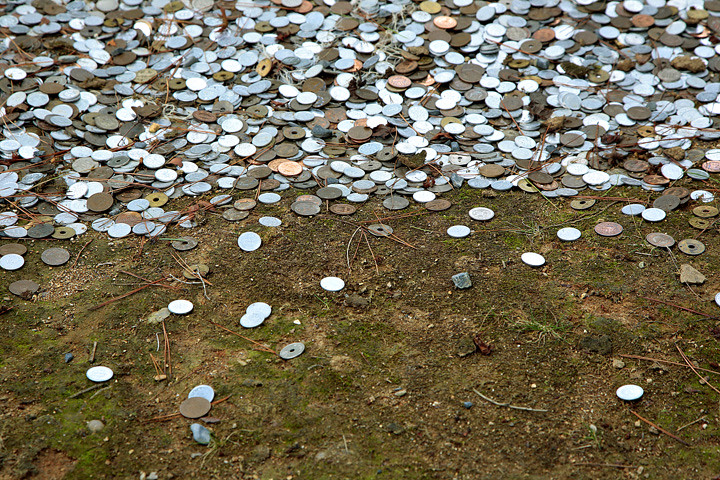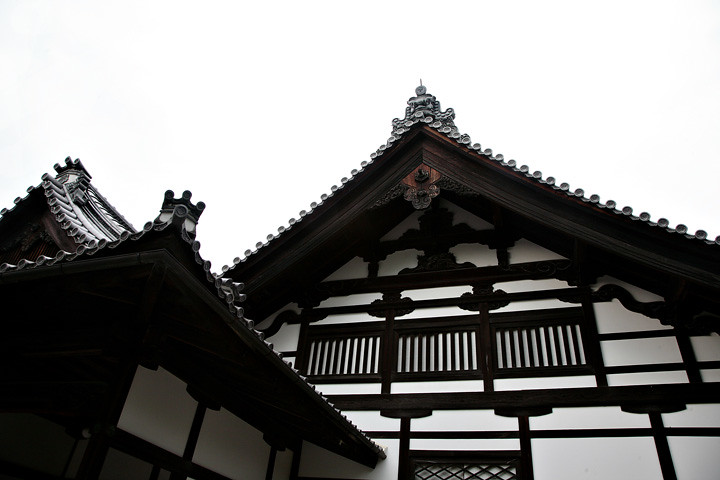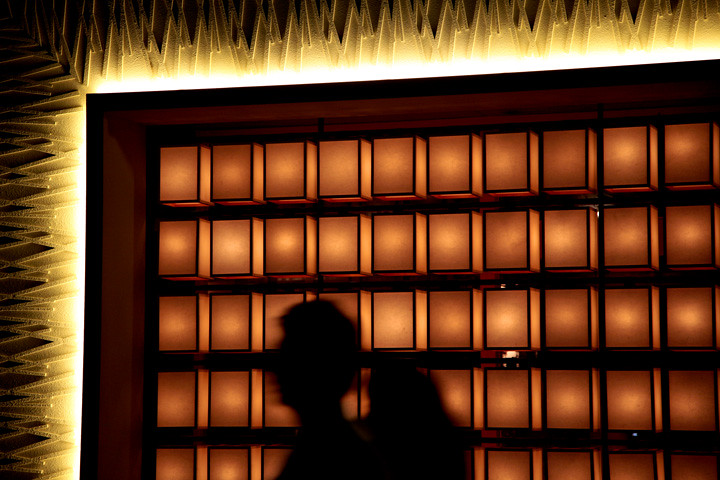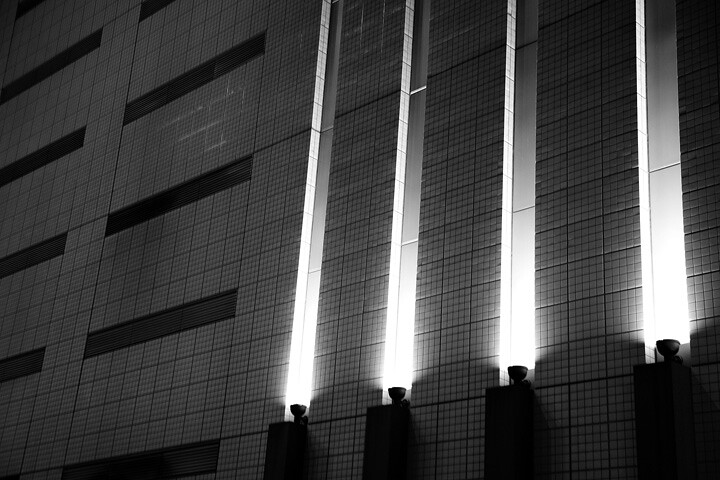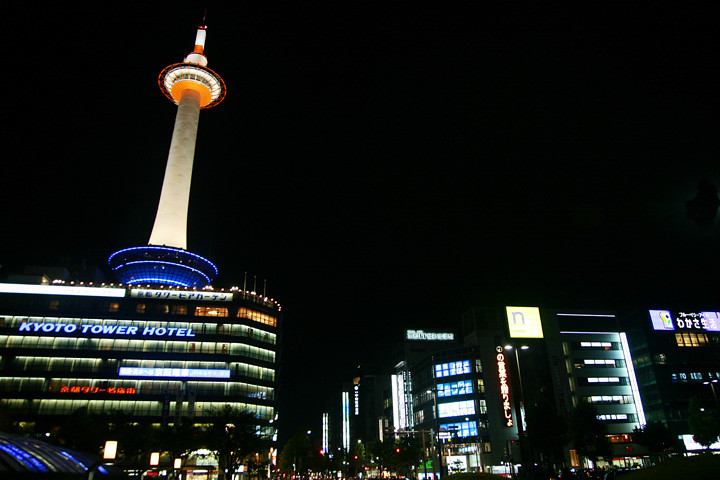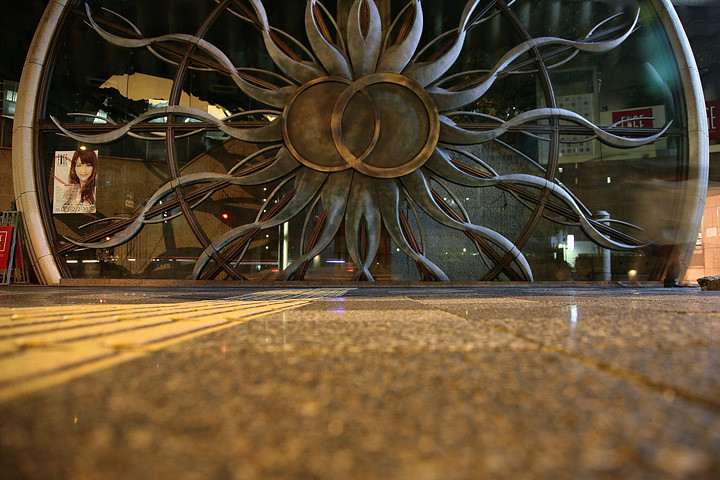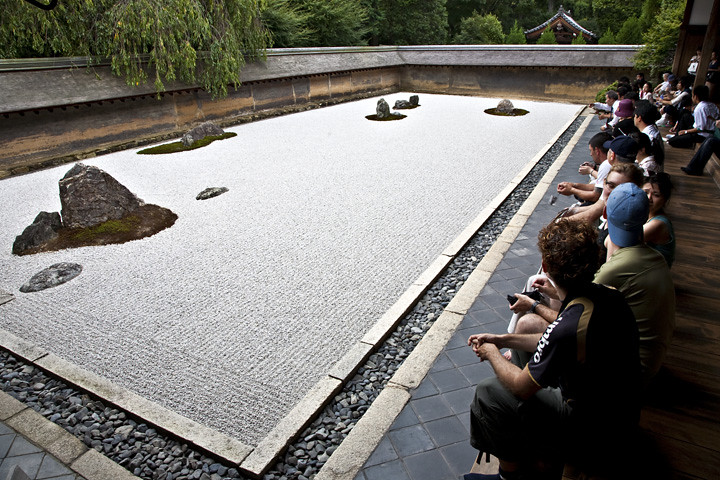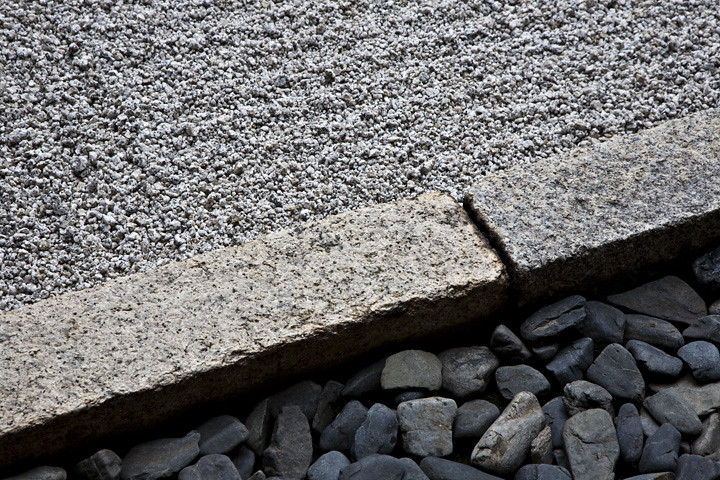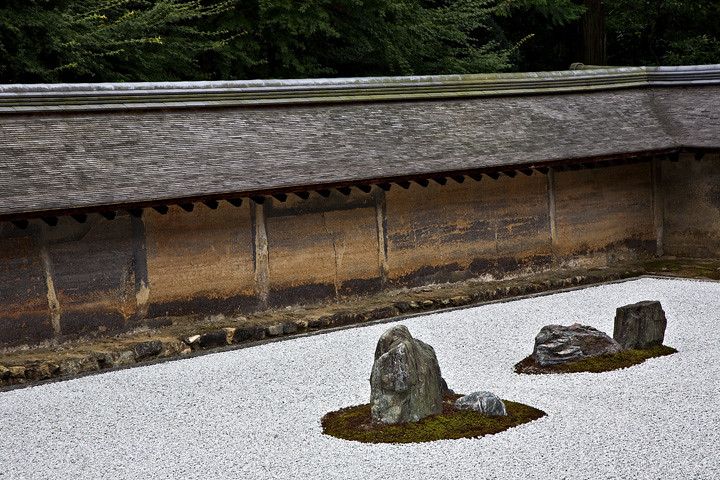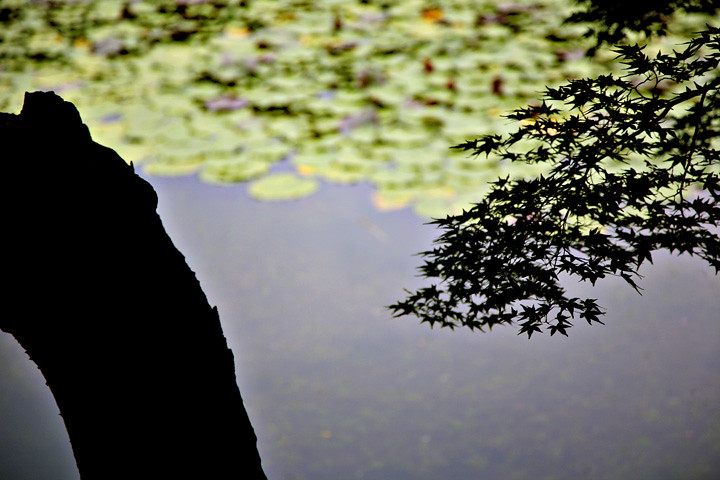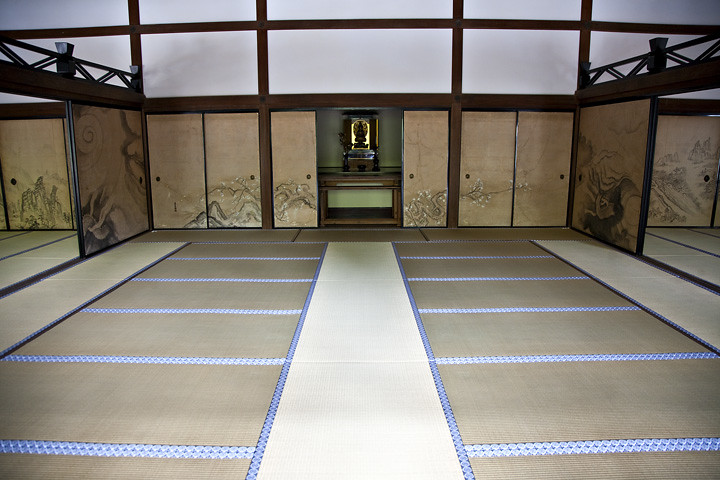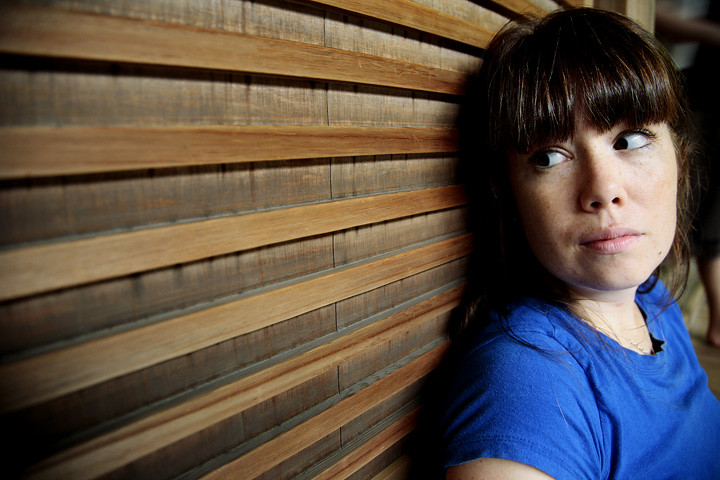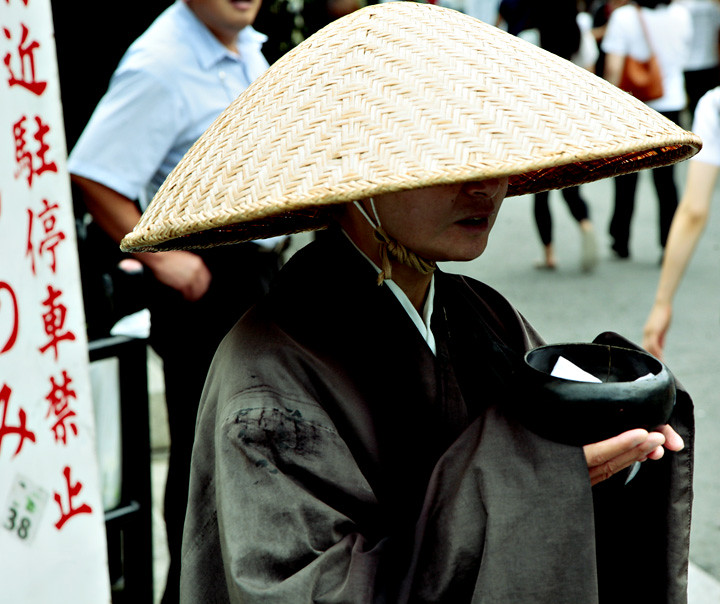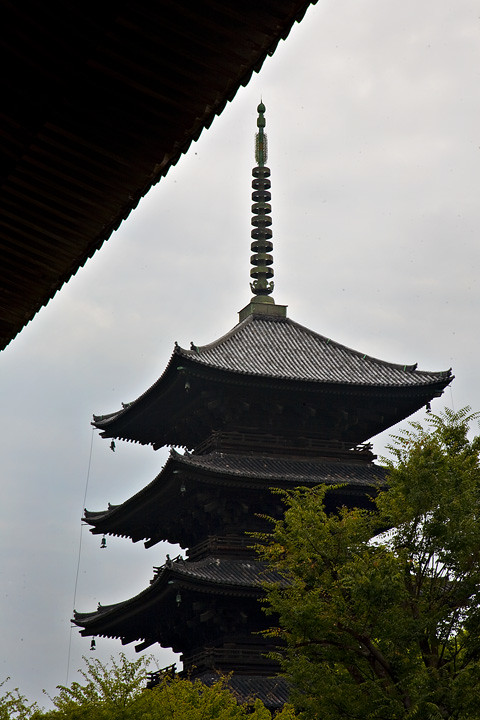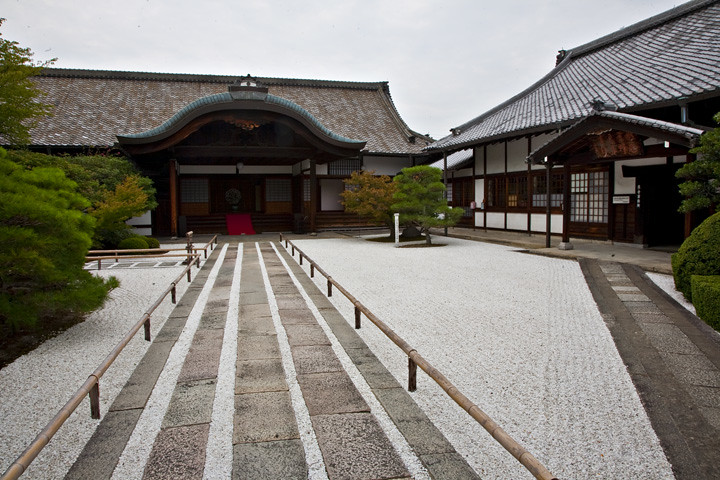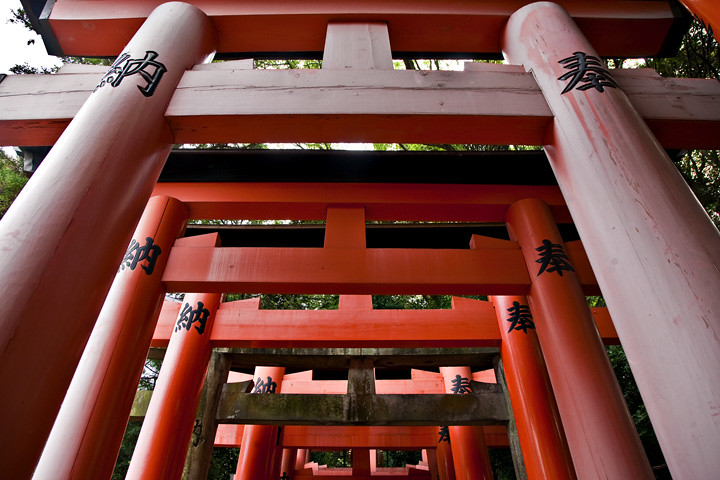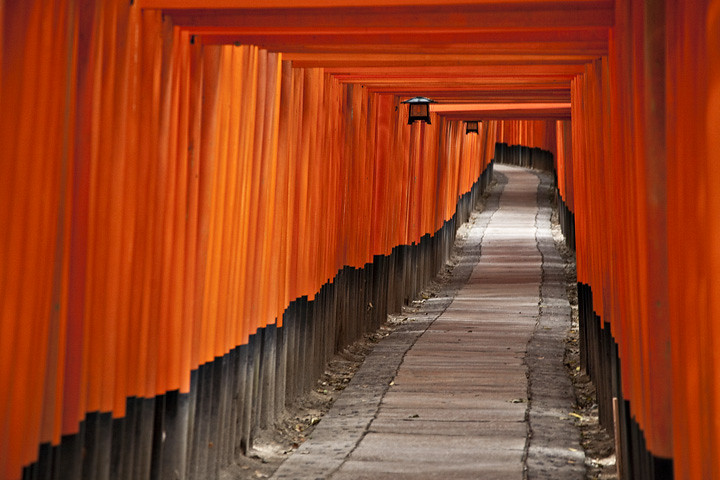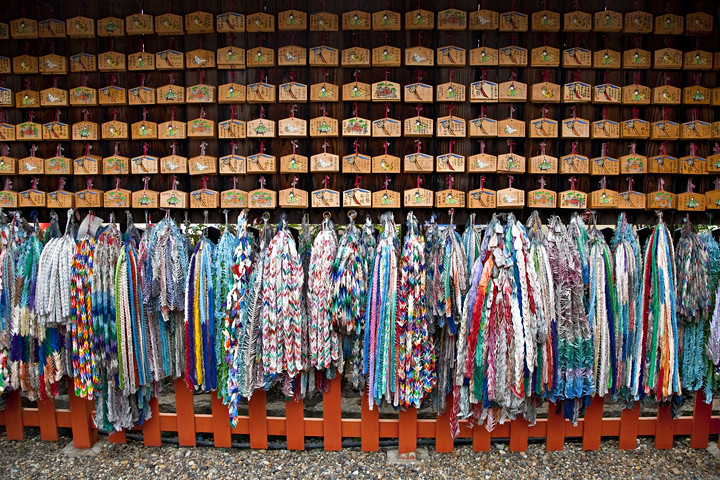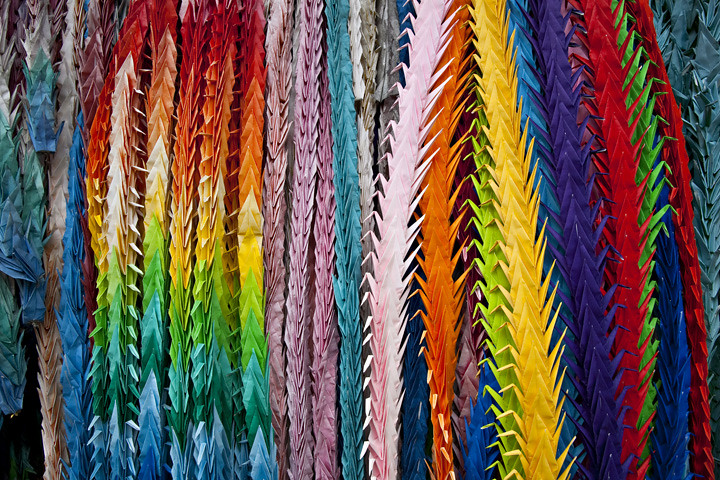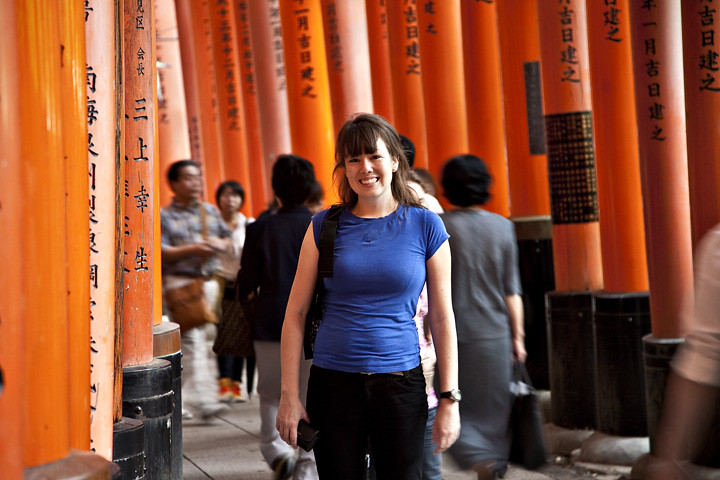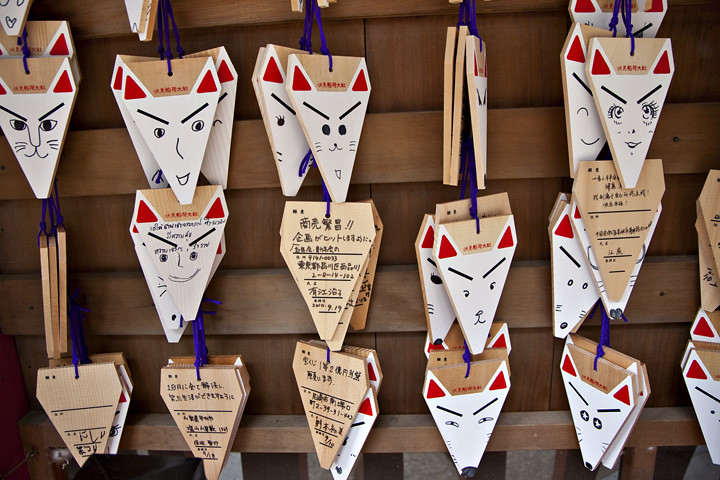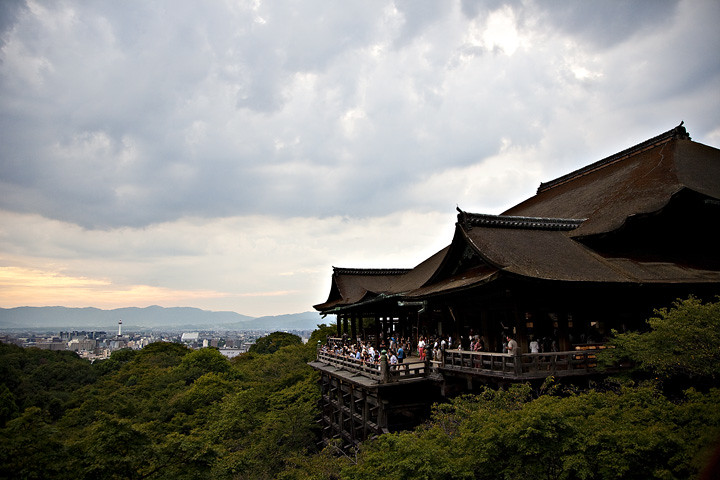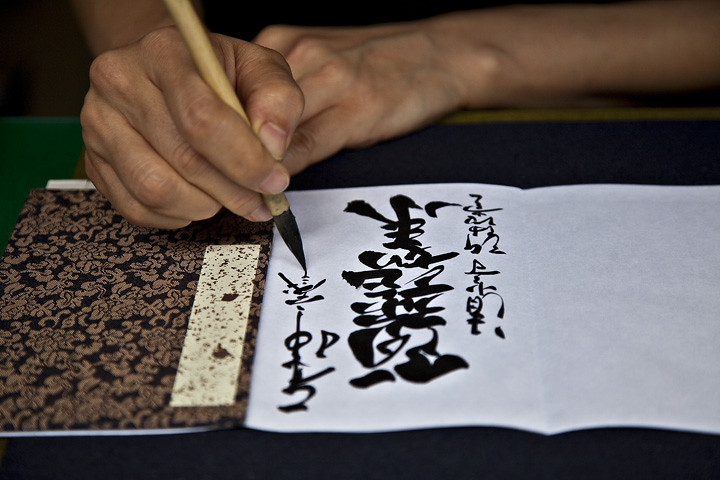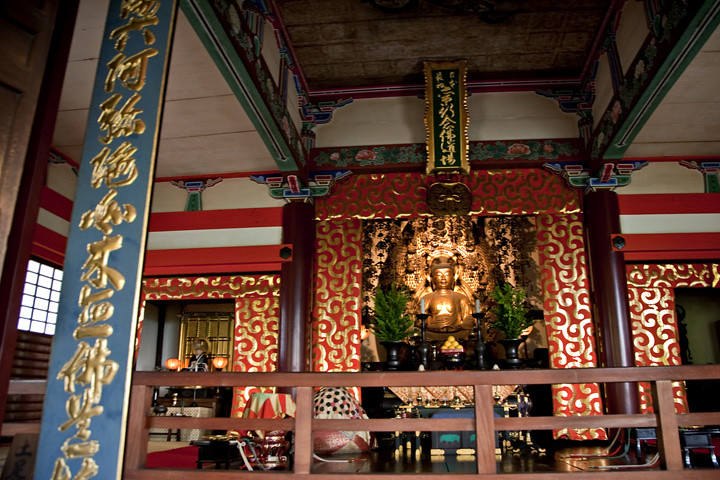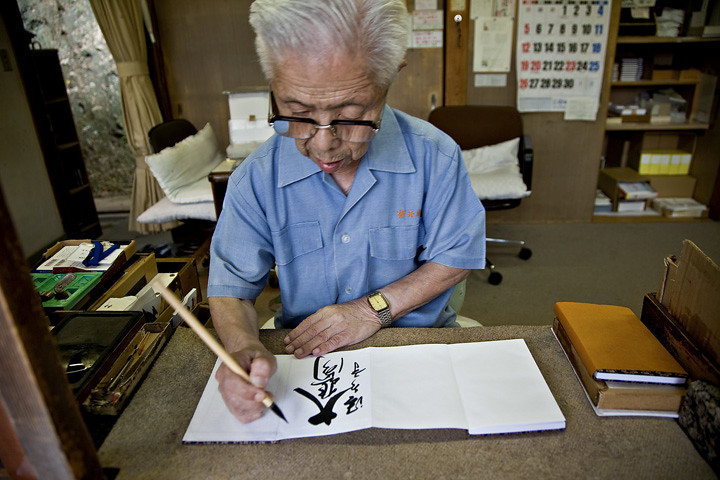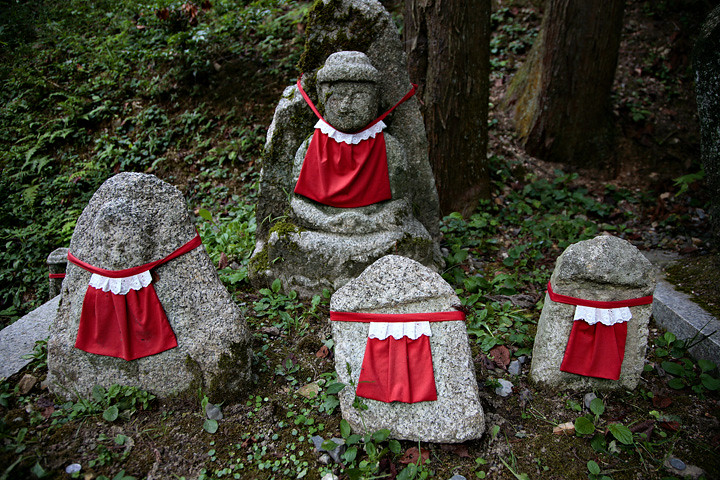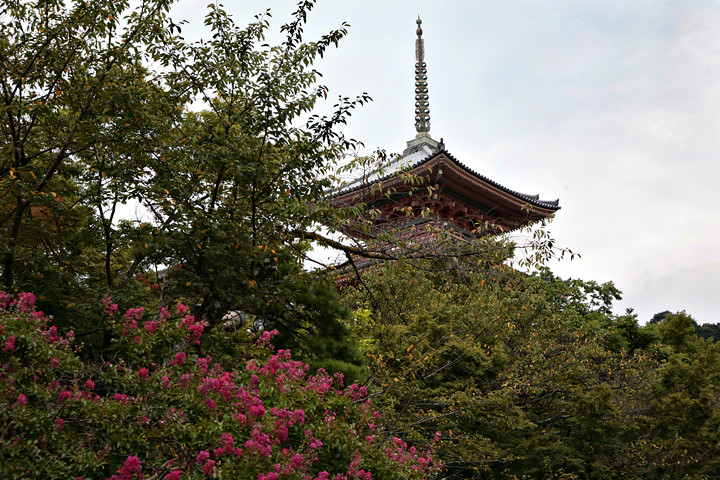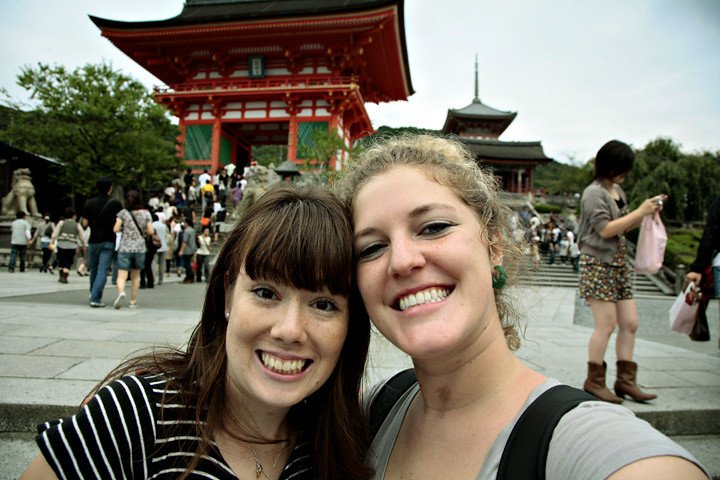The last temple we visited! (I know you are probably sick of looking at temples...I will get on to other parts of the trip now). I have to say though, the temples/shrines in Kyoto may have been the most beautiful buildings I've ever seen.
If you know anything about Kyoto, you will know that one of the reasons it is such a famous tourist destination is because of the fact that it was one of the few cities that was not touched by World War II. And thank god! To imagine that these beautiful places of Shinto and Buddhist worship could have been wiped off the face of the Earth would have been a tragedy as they are really really incredibly beautiful. If anyone is planning a trip to Japan, Kyoto would be my Number 1 recommendation place to visit.
And this one was no less spectacular than all the others, in fact, it may have been my favorite. Kinkaku-ji or
Temple of the Golden Pavilion is one of the most famous temples in all of Japan. Kinkaku-ji is a three-story pavilion with the top two stories being covered in pure gold leaf. Each floor of the Kinkaku uses a different architectural style. The first floor, called
The Chamber of Dharma Waters, is rendered in
shinden-zukuri style, reminiscent of the residential style of the 11th century Heian imperial aristocracy. The second floor, called
The Tower of Sound Waves, is built in the style of warrior aristocrats, or
buke-zukuri. The third floor is built in traditional Chinese
cha'an style, also known as
zenshu-butsuden-zukuri. The building is topped with a bronze phoenix.
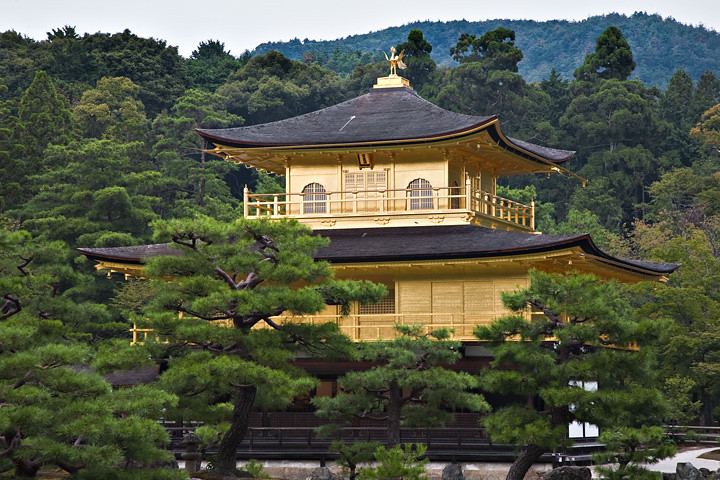

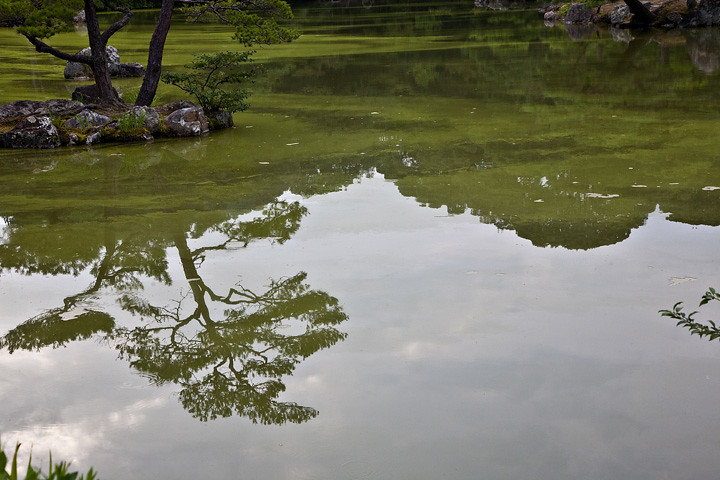
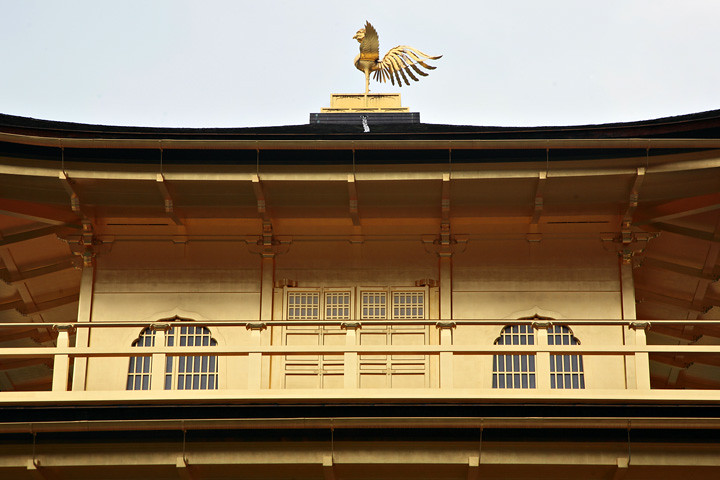
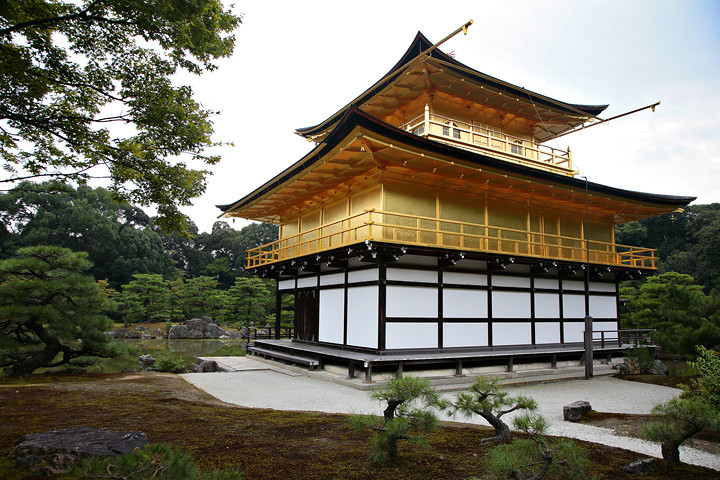
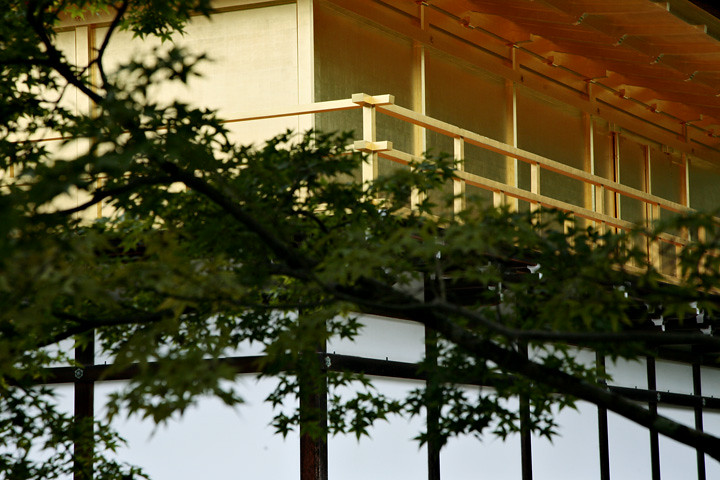
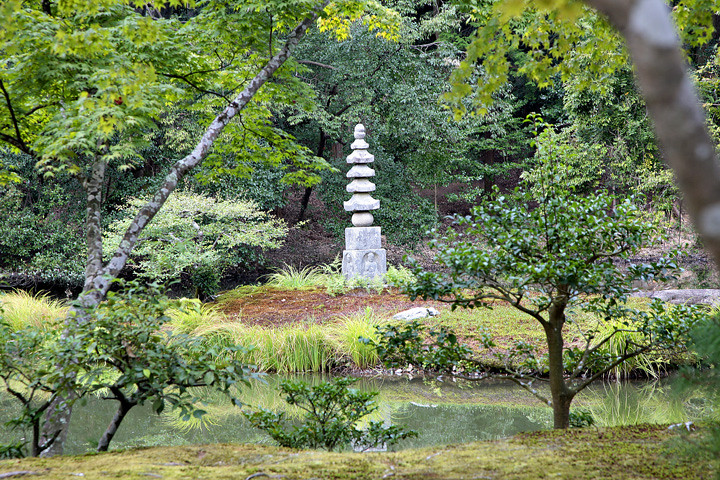
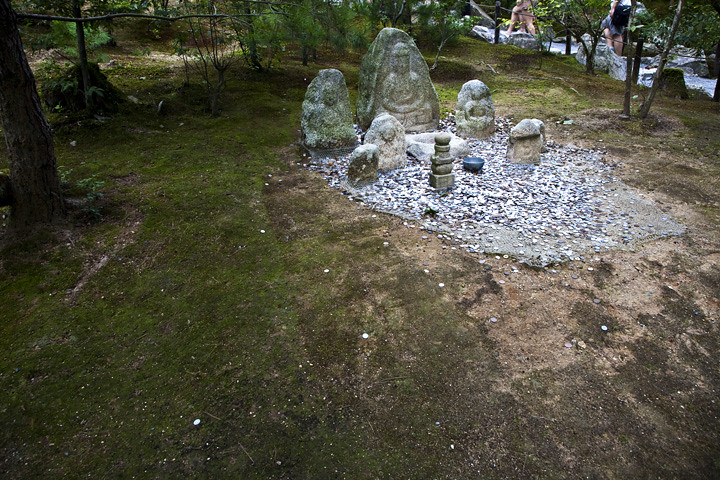
There is a bucket in the middle of all these Buddha statues. The way I took it was, if you make it in the bucket, you have good luck/long life/something really awesome happens to you. Guess who made it in the bucket? This moi.
